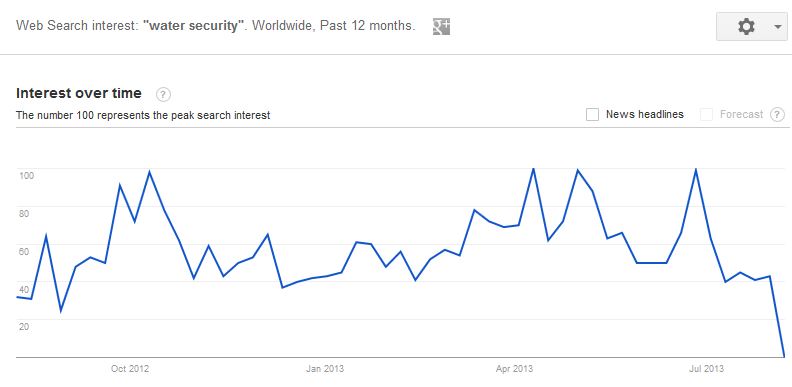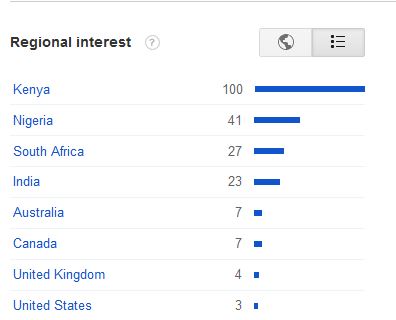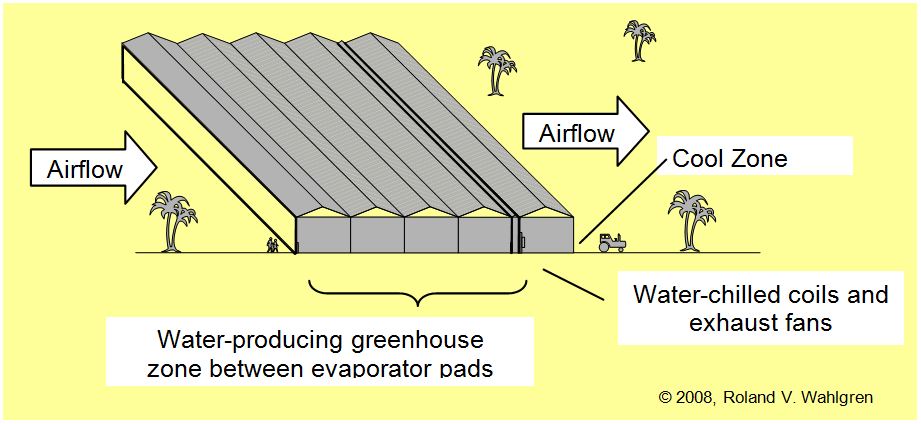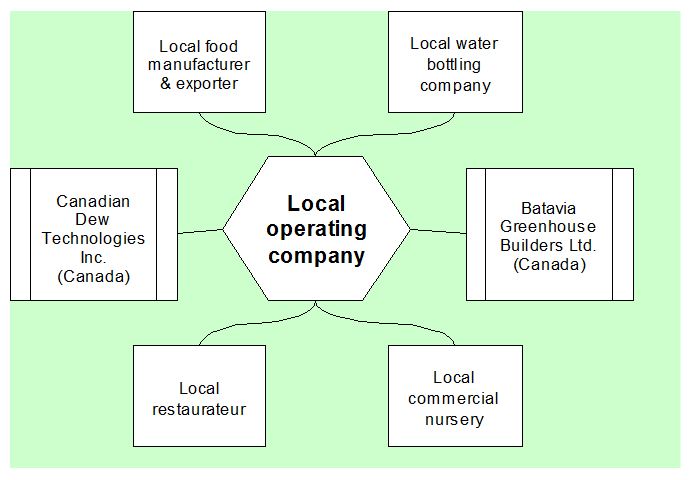Regional droughts in the Caribbean are common. Water managers seeking solutions to water scarcity are often unfamiliar with the option of using water-from-air technology. Maps of the specific humidity composite mean for Junes and Decembers during the ten-year period 2004–2013 quantify the water-from-air resource demonstrating it is suitable for operation of water-from-air systems in Caribbean countries. Quantitative investigations by the author found droughts and long-term climate change do not appear to affect the magnitude of the Caribbean region’s water-from-air resource. Case studies include one for a proposed water-from-air commercial greenhouse on Grand Turk. Another case is about the experience of commissioning a 2500 L/d water-from-air machine in Belize City. Lessons learned from the case studies are outlined.
|
I have the privilege of being accepted as one of the presenters during the Technical Sessions at the 23rd Annual Caribbean Water and Wastewater Association (CWWA) Conference and Exhibition scheduled for October 6-10, 2014 at Atlantis Resorts on Paradise Island, Bahamas. Here is the Abstract of my paper:
Regional droughts in the Caribbean are common. Water managers seeking solutions to water scarcity are often unfamiliar with the option of using water-from-air technology. Maps of the specific humidity composite mean for Junes and Decembers during the ten-year period 2004–2013 quantify the water-from-air resource demonstrating it is suitable for operation of water-from-air systems in Caribbean countries. Quantitative investigations by the author found droughts and long-term climate change do not appear to affect the magnitude of the Caribbean region’s water-from-air resource. Case studies include one for a proposed water-from-air commercial greenhouse on Grand Turk. Another case is about the experience of commissioning a 2500 L/d water-from-air machine in Belize City. Lessons learned from the case studies are outlined.
1 Comment
Water security appears to be the subject of many search engine queries in North America. Although other countries do not appear on the regional interest list this does not indicate necessarily an absence of queries but rather a low volume of queries. Qualitatively, it seems that interest in water security has been fairly stable during the last year.
Food security was clearly of concern during the previous 12 months in Kenya, Nigeria, South Africa, India, and Australia as well as in North America and the UK. There appears to be a recent upsurge of interest in food security. In the context of these regions, the WaterProducer-Greenhouse™ may be investigated as a possible water-plus-food-security solution for small tropical islands, with access to deep cold ocean water, associated with especially India (Lakshadweep, Andaman Islands, Nicobar Islands), Australia (Coral Sea Islands), and USA (SE Florida, Florida Keys). After 10 years of maintaining the infrastructure for the WaterProducer-Greenhouse™ project but with still no prospect of the first installation being funded and built, it is all too easy to become discouraged. Therefore, I was keen to see what the recently released Global Trends 2030, published by the National Intelligence Council (USA), would say that could be relevant to the project. I found this discussion on pages 93–94 of the report:
Water management will be critical to achieving global food security because agriculture today requires irrigation for 40 percent of its production and consumes approximately 70 percent of global freshwater supplies. Currently, agricultural irrigation wastes about 60 percent of the water withdrawn from freshwater sources. Efficient water management will be required to sustain a necessary increase in agricultural productivity. Even though desalination technologies might be economically feasible for household and industrial water, such technologies are unlikely to produce irrigation water from saline waters at a low enough cost to be feasible for agricultural use. As water scarcity increases, adopting technologies that increase water-use efficiency will be the only option farmers will have for confronting global water scarcity. The array of such technologies includes precision agriculture and GM drought-tolerant and salt-tolerant crops as well as micro-irrigation systems and hydroponic greenhouse technologies. Efficient direct use of a 'new' source of water, the water vapour in the air, combined with commercial-scale hydroponic horticulture does appear to be a worthwhile technological option for tropical small islands. Long-term viability of the water-producing greenhouse system results from the project strategy of addressing the basic human needs for food and water. Both food and water are scarce on numerous tropical small islands around the globe. Population and tourism growth have overwhelmed the natural carrying capacity of most populated small islands. Small island businesses and governments are seeking technological means to increase island carrying capacity. Funding will allow drilling a 600 m deep test borehole with the intent of showing that this system is an acceptable commercial risk as a full-scale project on Grand Turk and similar tropical small islands composed of carbonate rock. The project’s business model (shown below) of a successful Grand Turk commercial water-producing greenhouse operation combined with drinking-water bottling can be franchised to entrepreneurs in many other tropical small island locations (see list of viable island locations in CDTI’s Technical Bulletin No. 3).
The project was the subject of a CAD 205,000 CIDA Viability Study from 2001 to 2003. CIDA contributed 80% of the study cost. Tangible results from the study included production of nine comprehensive reports (Technical Feasibility, Financial and Commercial Viability, Regulatory Framework Analysis, Environmental Assessment for well-drilling, Environmental Assessment for entire proposed installation and operation, Training Plan, Gender Analysis and Social Integration Plan, and Partnership Agreement) which were all approved by CIDA’s experts. The project’s website, includes summaries of the reports. Efforts to fund the test borehole and first phase construction activities have been unsuccessful. Without having results of the test borehole available, it has been difficult to attract interest in financing the project. The water-producing greenhouse construction on Grand Turk (population 3,700) has not occurred. Therefore, the potential beneficiaries of the project, the people of TCI (population 45,000), remain waiting for progress on the project. Once the project is completed, the entire country of Turks and Caicos Islands will benefit from:
Economic diversification
New local employment opportunities
Expanded needs for skills and technologies
After successfully completing a Viability Study for the Grand Turk WaterProducer-Greenhouse™, we have reached a project decision point. The concrete step or major activity required now is to drill a test borehole at the proposed Greenhouse site on the island of Grand Turk to determine well flow rate, temperature profile, drawdown, and recovery. Once known, we intend to proceed with final, site-specific design of the greenhouse system, and ultimately meet our objective, construction of a facility that will be of significant benefit to the people of Grand Turk and neighbouring islands in TCI.
We are working in an area of the world where few deep wells exist. Our drilling contractor stated, “[we are] recommending that a test hole be drilled as soon as possible on this site. We would use modern diamond drilling techniques to economically drill a hole to a depth of 600 meters with core samples recovered through the hole…At this time there is no information available about the ground conditions and what might be encountered at these depths. Therefore it has been very difficult to plan and budget for a large diameter well drilling project.” Although prepared for a negative result from the test borehole, we consider the risk of failure to be relatively low, based on the following facts:
Hydrogeologists have noted that islands of the Bahamas platform are cavernous, even at depth. The evidence comes from drilling bit drops and loss of circulation of drilling mud, even to depths of 3000 m [Whitaker F.F and Smart, P.L. (1990) Active circulation of saline ground waters in carbonate platforms: Evidence from the Great Bahama Bank. Geology 18, 200-203]. Pump tests in the Bahamas have shown relatively high hydraulic conductivities [Whitaker F.F and Smart, P.L. (2000) Characterising scale-dependence of hydraulic conductivity in carbonates: evidence from the Bahamas. Journal of Geochemical Exploration 69-70, 133-137]. |
Water + Food™ Blog
AuthorRoland Wahlgren is a Physical Geographer. He was scientific and technical consultant to the WaterProducer-Greenhouse™ Project while it was "live" as a CIDA-supported Viability Study during 2001-2003. Archives
May 2024
Categories
All
|








